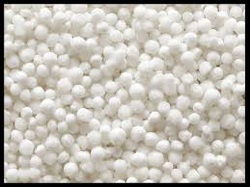Most of the old temples have large bells at the entrance of the temple and you need to ring them before you enter temple.
Temple bells have a scientific phenomena; it is not just your ordinary metal. It is made of various metals including cadmium, lead, copper, zinc, nickel, chromium and manganese.
The proportion at which each one of them mixed is real science behind a bell.
Each of these bells is made to produce such a distinct sound that it can create unity of your left and right brain. The moment you ring that bell, bell produces a sharp but lasting sound which lasts for minimum of seven seconds in echo mode good enough to touch your seven healing centres or chakras in your body.
The moment the bell is sounded, your brain is emptied of all thoughts. Invariably you will enter the state where you are very receptive. This Trans state is the one with awareness.
Your mind is so pre-occupied that the only way to awaken you is with a Shock!
Bell works as Anti-dote to your mind. Before you enter temple – to awake you and prepare you for taste of awareness is the real reason behind the tradition of ringing the temple bells.
SHARE and make others know about it !


 RSS Feed
RSS Feed
